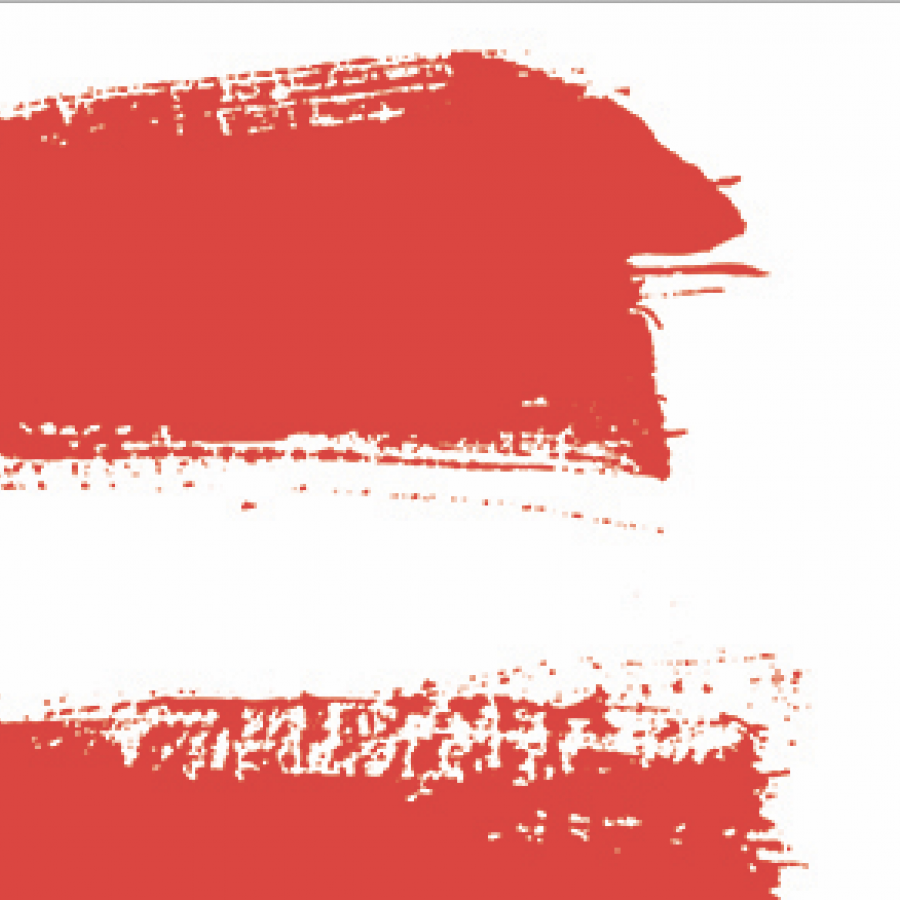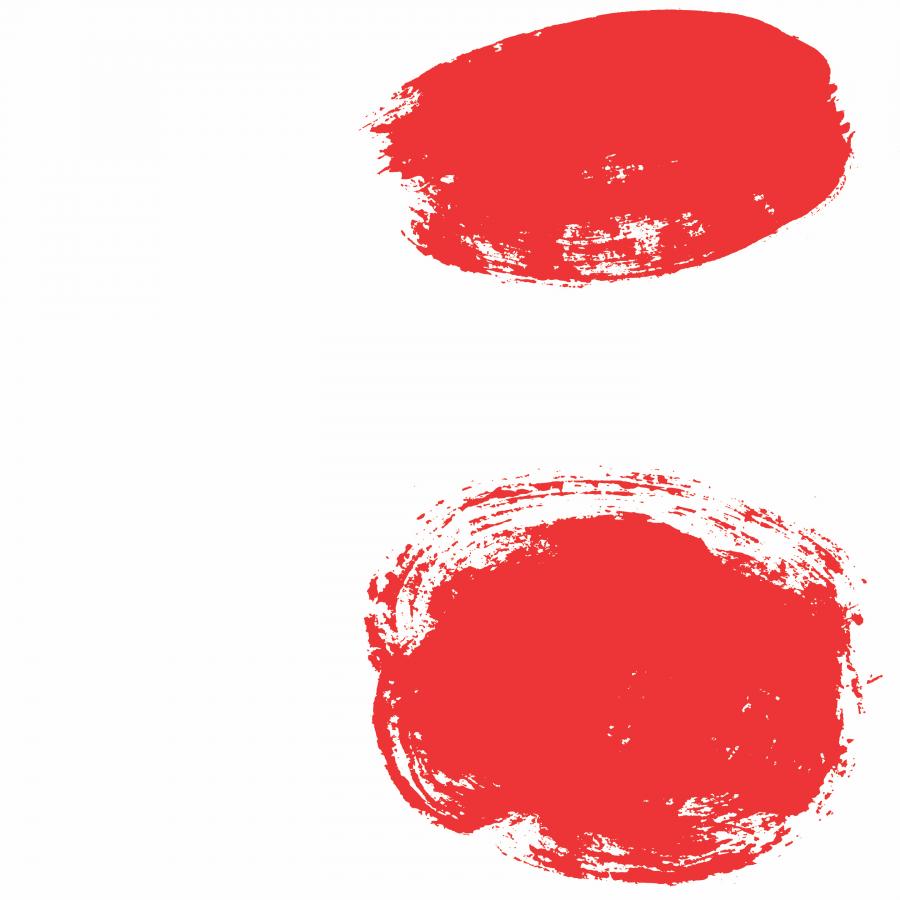Theatre of the Oppressed
Created by Brazilian visionary Augusto Boal, Theatre of the Oppressed is a form of popular community-based education that uses theater as a tool for transformation. Originally developed out of Boal’s work with peasant and worker populations, it is now used all over the world for social and political activism, conflict resolution, community building, therapy, and government legislation. It is about analyzing rather than accepting, questioning rather than answering.
Featured below is the sampler of ”image theater” from the Theatre of the Oppressed technique utilized at the beginning of the community workshops to warm-up participants, embody the issues of discussion, and start a dialogue of their perspective, lived experiences, and dreams.
Instructions
- Demo: Facilitator says a word and strikes a pose or a frozen image that represents what comes to mind based on this word.
I Say ___
- Summer
- Rainy Day
You Go ___
Photo of a summer day
- Grouping — With two or more people, divide everyone into two evenly distributed lines (e.g. 10 people, 2 lines of 5).
- First Round (10 minutes — This round is meant to be warm-up with words that may be easier for participants to embody.
- Line A acts, Line B observes: (e.g. Happy, Rain, Silence, Othering).
- Discussion: Utilizing mirrors and windows, instruct Line B to find someone in Line A and reflect on one of their poses. Or ask a question: “Why did you choose that pose?” (e.g. It was a mirror for me when you striked a writing pose for “happy” because I think about solitude and reflection when I’m happy).
- Line B acts, Line A observes: Sad, Sunshine, Loud, Belonging.
- Discussion: Utilizing mirrors and windows framework, Line A finds someone in Line B and reflects on one of their poses.
- Second Round (10 minutes — Repeat. In this round, the facilitator might try more difficult words (e.g. displacement, cultural displacement, land trust, homelessness).
- Collective breathe — After many discussions and perspective, this allows the group to arrive back together in the same space and have a discussion.
Group Discussion (10 minutes) — Did anyone have a mirror? Window? Learn something new? How might this experience inform the conversation moving forward?

